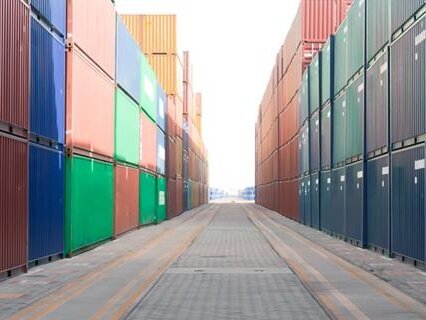Press Release - New Safety Features for Container Yard Equipment

Three leading exponents of improved risk management in ports and container handling facilities have published recommended safety standards for container yard equipment. TT Club, PEMA and ICHCA International have identified additional safety devices that can be implemented on yard equipment, along with other operational changes in order to reduce injuries and fatalities as well as cargo, property and equipment damage
The three organisations have in the past united in campaigning for increased safety measures to be adopted to address common safety issues arising in quay crane operations. Now their attention turns to container yard equipment. Using claim analysis data* provided by the freight transport specialist insurer TT Club, the latest initiative draws attention to such telling statistics as:
- 53% of the total cost of operational related claims were caused by yard equipment
- 75% of the cost of injury claims in terminal facilities resulted from yard equipment accidents
- 67% of costs related to fires were attributed to yard equipment
"These headline findings point to a heavy concentration of avoidable incidents," comments Laurence Jones, TT Club's Director of Global Risk Assessment. "Analysis of the Club's data shows that up to 1,600 claims amounting to USD 130million resulted from such incidents. Changes to operational procedure, additional training and/or fitting safety equipment to machinery could significantly reduce this bill."
For example, lift trucks were involved in 30% of the bodily injury claims analysed. This was mainly the result of trucks reversing into people. The installation of anti-collision devices could potentially have saved USD30 million and prevented 51 workers from being killed or suffering serious injury over the last six years.
- Author
- Staff Author
- Date
- 20/12/2012





